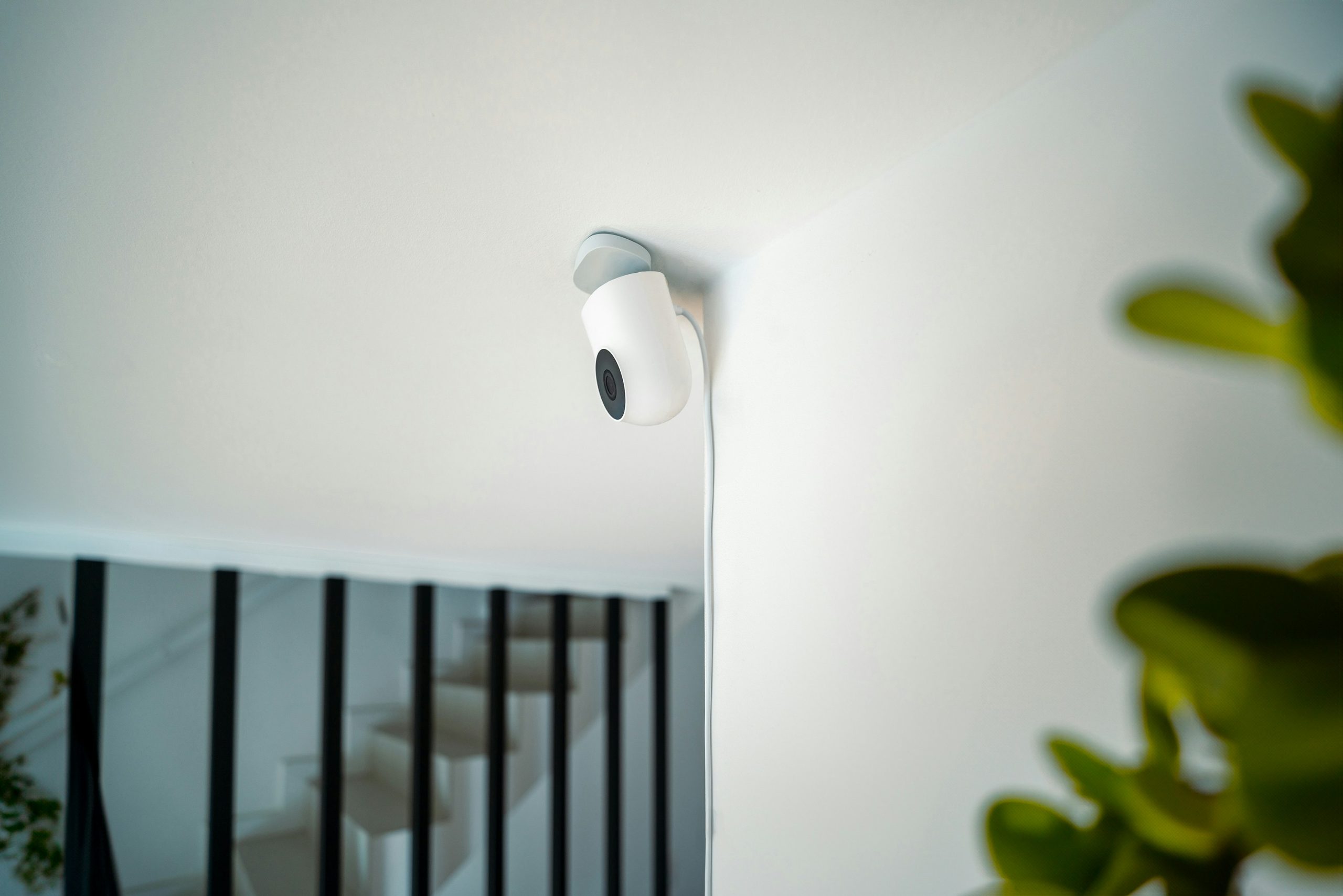Boomers are facing a growing financial dilemma: how to care for aging loved ones (or themselves) without draining retirement savings. With the average cost of in-home care climbing above $5,000 a month in many areas, the pressure is real. Assisted living facilities, part-time caregivers, and medical alert services can quickly balloon a household budget. Yet many families don’t realize how much they can save with a few smart, DIY adjustments at home.
This isn’t about cutting corners. It’s about using modern tools, community resources, and simple home hacks to protect your wallet and your loved one’s dignity. Below are 10 cost-saving strategies that real families are using to shave up to $700 off their monthly elderly care costs without sacrificing comfort or safety.
1. Swap Pricey Alert Systems for Free or Low-Cost Alternatives
Medical alert systems often come with hidden monthly fees and long contracts. While safety is non-negotiable, many Boomers are overpaying for brand-name alert services that don’t necessarily offer better performance.
Instead, consider devices like Amazon Echo’s “Drop-In” feature or the free “Medical ID” feature built into iPhones and Androids. There are also one-time purchase medical alert devices that cost under $100 and don’t require ongoing fees. By going this route, you can slash $30–$60 a month from your budget while still providing reliable emergency contact access.
2. Use Meal-Delivery Services Meant for Seniors
Hiring help to cook or buying expensive pre-prepared meals adds up quickly. However, several national and local programs offer affordable or even free meal delivery for seniors.
Services like Meals on Wheels operate in most counties and can dramatically cut food-related expenses. Additionally, many grocery delivery services offer senior discounts, while SNAP benefits may apply to certain home-delivered groceries. Coordinating just a few of these can replace hundreds in outsourced meal prep.
3. Convert a Spare Room Into a Safe At-Home Care Hub
Rather than moving someone into assisted living, consider converting an existing room into a functional elder-care space. It doesn’t need to be elaborate—a simple layout with non-slip flooring, handrails, and proper lighting goes a long way.
You can buy secondhand medical equipment like shower chairs, grab bars, or hospital beds for a fraction of the retail price online or through local health nonprofits. This one-time investment often pays for itself in a single month by avoiding costly facility fees.
4. Replace Paid Transportation with Community Senior Ride Programs
Non-emergency medical transportation (NEMT) can cost seniors and their families upwards of $150 per appointment. Many don’t realize there are community-run or city-funded alternatives.
Local senior centers, Medicaid programs, and nonprofit groups frequently offer free or subsidized rides to medical appointments, pharmacies, and grocery stores. Signing up usually involves a short application and minimal wait time. It’s not only cheaper. It’s often safer and more reliable than app-based ride services.
5. Outsource Tasks to Local High School or College Volunteers
Caregivers often hire help for light cleaning, errands, or tech support, but those tasks don’t always require a professional. Many high schools and colleges offer volunteer credit programs that connect students with seniors in their community.
Through organizations like Intergenerational Programs or local bulletin boards, you can find trustworthy young adults happy to help with groceries, minor repairs, or digital setups for little or no cost. This lowers out-of-pocket expenses and builds valuable community bonds.

6. Install Smart Home Tech That Doubles as Care Assistance
You don’t need a smart-home overhaul to give your loved one modern support. Devices like smart plugs, motion-sensing lights, and voice assistants can help with daily tasks and reduce fall risks, all without hiring a full-time aide.
A $40 smart speaker can answer questions, play reminders, and even call emergency contacts. Simple devices like automatic pill dispensers or video doorbells keep routines consistent and safety high. Over time, this tech reduces the need for daily check-ins, saving caregivers both time and money.
7. Cancel Unused Subscriptions and Services They No Longer Need
Boomers often carry over decades of services they no longer use. Between outdated magazine subscriptions, duplicate streaming services, and unnecessary phone plans, the waste adds up fast.
Take 30 minutes to review monthly charges. Often, you’ll find $100+ in unnecessary services. Tools like Rocket Money or manual audits can help identify what to cut. Streamlining to essentials doesn’t just save money; it declutters life and eases mental strain.
8. Reuse and Repurpose Existing Household Items as Medical Aids
A lot of what you need for senior safety is already lying around the house. A rolled towel can double as a door-draft stopper to prevent trips. A simple chair placed near the entryway becomes a mobility aid for removing shoes safely.
Repurposing everyday items like yoga mats for grip, garden kneepads for cushion, or old storage bins for bedside essentials can save $200–$400 on store-bought equivalents. With a bit of creativity, you can meet care needs without heading to a medical supply store.
9. Batch Doctor Visits to Minimize Travel and Co-Pays
Every doctor’s appointment comes with a cost, not just for the care but for transportation, missed work, or sitter coverage. Whenever possible, coordinate multiple check-ups or specialist visits on the same day.
Many clinics are open to scheduling this way, especially if it means fewer cancellations or no-shows. Batching appointments reduces transport costs and co-pay frequency, and it also makes health management more predictable for caregivers and seniors alike.
10. Share Resources in a Local Elder Care Co-Op
Boomers in the same community can pool resources to reduce costs across the board. Whether it’s sharing a part-time aide, rotating cooking duties, or creating a shared ride schedule, cooperative care models stretch dollars much further.
Look into Facebook groups, senior centers, or local housing communities to connect with others open to mutual support. While it takes coordination, these setups often save each family hundreds monthly and provide a stronger safety net in emergencies.
Aging with Dignity Shouldn’t Come at a Premium
With a little strategy and effort, Boomers can avoid the worst of the elderly-care cost crunch without compromising quality or safety. These 10 DIY hacks aren’t about doing it all yourself. They’re about using existing resources, smart tech, and community power to reduce strain on your wallet and your time.
Whether you’re caring for an aging parent or prepping for your own future, small shifts like these can save up to $700 a month and preserve a whole lot of peace of mind.
Which of these DIY elderly-care hacks are you already using, or which one are you most excited to try?
Read More
12 Hidden Discounts on Elderly Care Even Social Workers Forget
8 Outrageous Myths About Government Help for Elderly Care—Debunked
Read the full article here
















